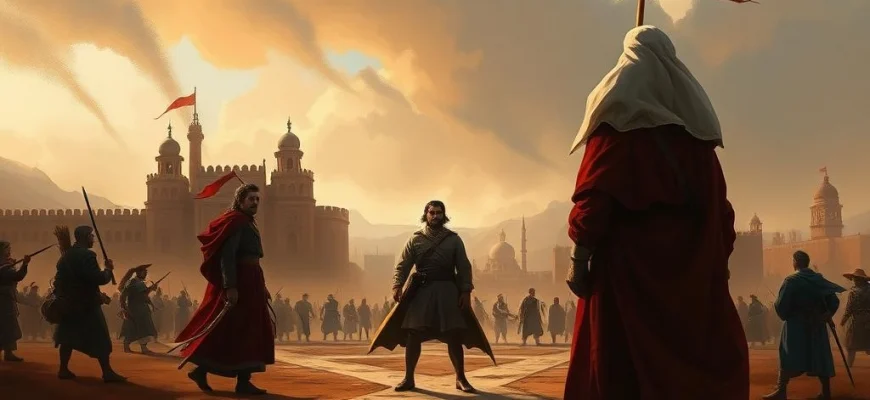If you loved the gripping drama and historical intrigue of Old Gringo (1989), you're in for a treat. This article explores 10 similar movies and shows that capture the same blend of adventure, romance, and political turmoil. Whether you're drawn to its rich storytelling or the clash of cultures, these recommendations will keep you enthralled.
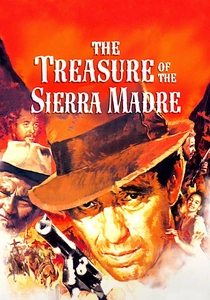
The Treasure of the Sierra Madre (1948)
Description: A gripping story of greed and paranoia set against a harsh, unforgiving landscape, mirroring the reference film's exploration of human nature under pressure. Its psychological depth and moral ambiguity are standout similarities.
Fact: The film was one of the first Hollywood productions to be shot almost entirely on location in Mexico, adding to its authenticity.
 Watch Now
Watch Now 
Vera Cruz (1954)
Description: A classic Western that delves into themes of greed, betrayal, and survival, much like the reference film. Its portrayal of complex relationships and shifting alliances resonates with similar narratives.
Fact: The film was one of the first Westerns to be shot in Mexico, taking advantage of the country's diverse landscapes to enhance its visual appeal.
 Watch Now
Watch Now 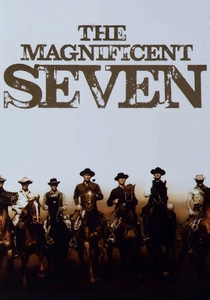
The Magnificent Seven (1960)
Description: A tale of a group of hired guns defending a village, exploring themes of honor, sacrifice, and the clash of cultures, which aligns closely with the reference film's themes. Its ensemble cast and dramatic tension are key parallels.
Fact: The film is a Western adaptation of Akira Kurosawa's 'Seven Samurai,' transposing the story to the American frontier.
 Watch Now
Watch Now 
The Good, the Bad and the Ugly (1966)
Description: A sprawling epic that combines action, humor, and deep moral questions, similar to the reference film. Its iconic visuals and complex characters make it a fitting companion piece.
Fact: The film's climactic three-way showdown is one of the most famous scenes in cinema history, often imitated but never duplicated.
 Watch Now
Watch Now 
The Professionals (1966)
Description: A high-stakes adventure Western with a focus on a group of skilled individuals navigating treacherous landscapes and moral dilemmas, similar to the reference film. Its blend of action and character-driven storytelling is a key similarity.
Fact: The film was shot on location in Nevada's Valley of Fire, which provided a stark and visually striking backdrop for the story.
 Watch Now
Watch Now 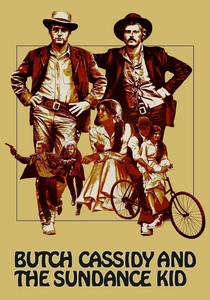
Butch Cassidy and the Sundance Kid (1969)
Description: A blend of adventure, humor, and tragedy, focusing on the bond between two outlaws facing the end of an era, much like the reference film. Its charismatic leads and bittersweet tone are key similarities.
Fact: The film's innovative use of a sepia-toned opening sequence and its incorporation of modern music (like 'Raindrops Keep Fallin' on My Head') set it apart from traditional Westerns.
 Watch Now
Watch Now 
Once Upon a Time in the West (1968)
Description: A visually stunning epic Western with a strong emphasis on character development and the inevitability of change, mirroring the themes of the reference film. Its operatic style and deep emotional undercurrents make it a compelling companion piece.
Fact: The film's score was composed by Ennio Morricone, who created the music before filming began, allowing the actors to perform to the rhythm of the music.
 Watch Now
Watch Now 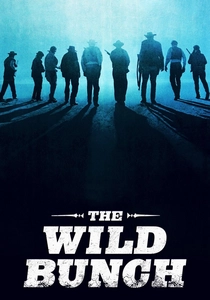
The Wild Bunch (1969)
Description: A gritty, violent Western that explores themes of loyalty, betrayal, and the fading of the Old West, much like the reference film. Its morally ambiguous characters and intense action sequences create a similar tone.
Fact: The film was controversial for its graphic violence, which was unprecedented at the time. It was also one of the first Westerns to use slow-motion cinematography during action scenes.
 Watch Now
Watch Now 
The Outlaw Josey Wales (1976)
Description: A post-Civil War Western that examines themes of revenge, redemption, and the search for peace, much like the reference film. Its protagonist's journey and the film's melancholic tone are strong points of comparison.
Fact: The film was initially criticized for its violence but has since been reevaluated as one of the greatest Westerns of all time.
 Watch Now
Watch Now 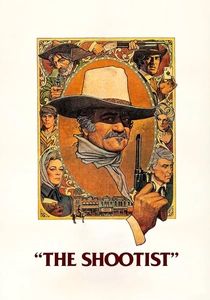
The Shootist (1976)
Description: A poignant Western about an aging gunslinger coming to terms with his legacy and mortality, echoing the reference film's themes of change and reflection. Its introspective nature and strong performances are standout features.
Fact: The film was John Wayne's final role, and his character's battle with cancer mirrored Wayne's own real-life struggle with the disease.
 Watch Now
Watch Now 
